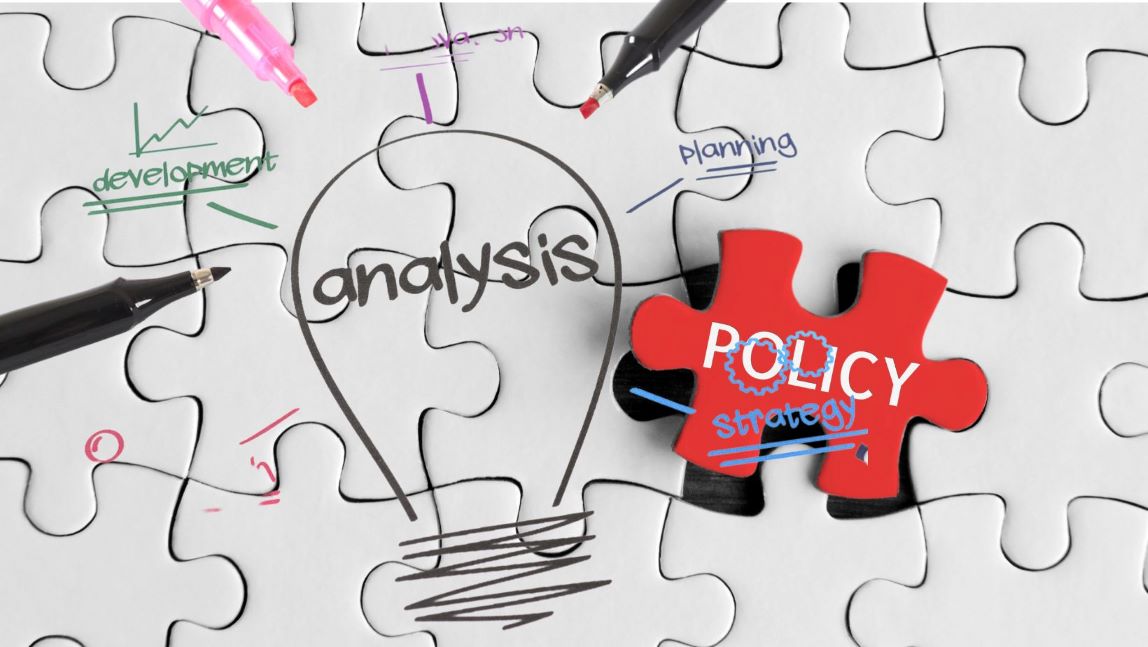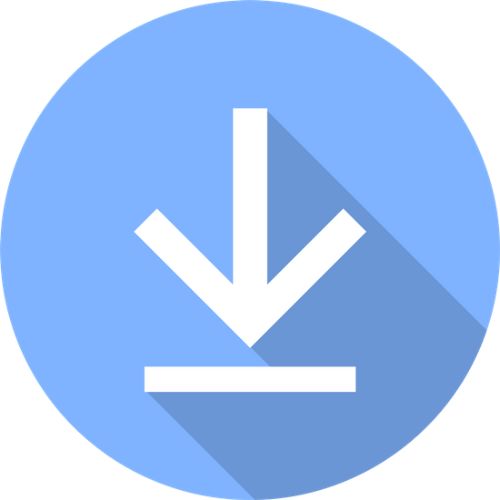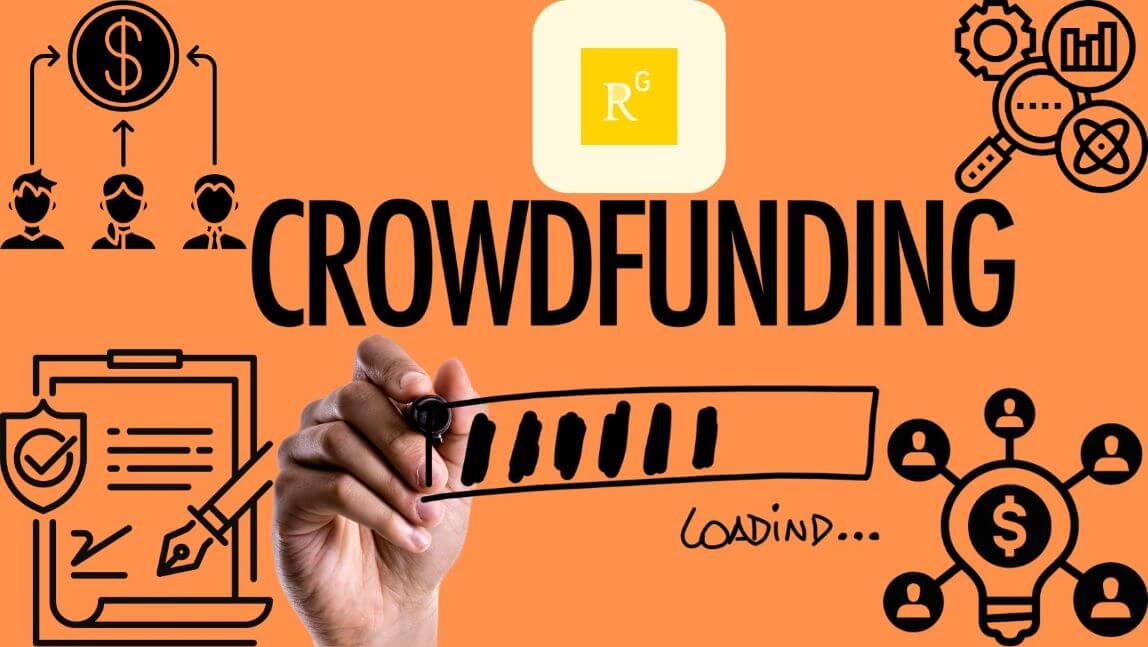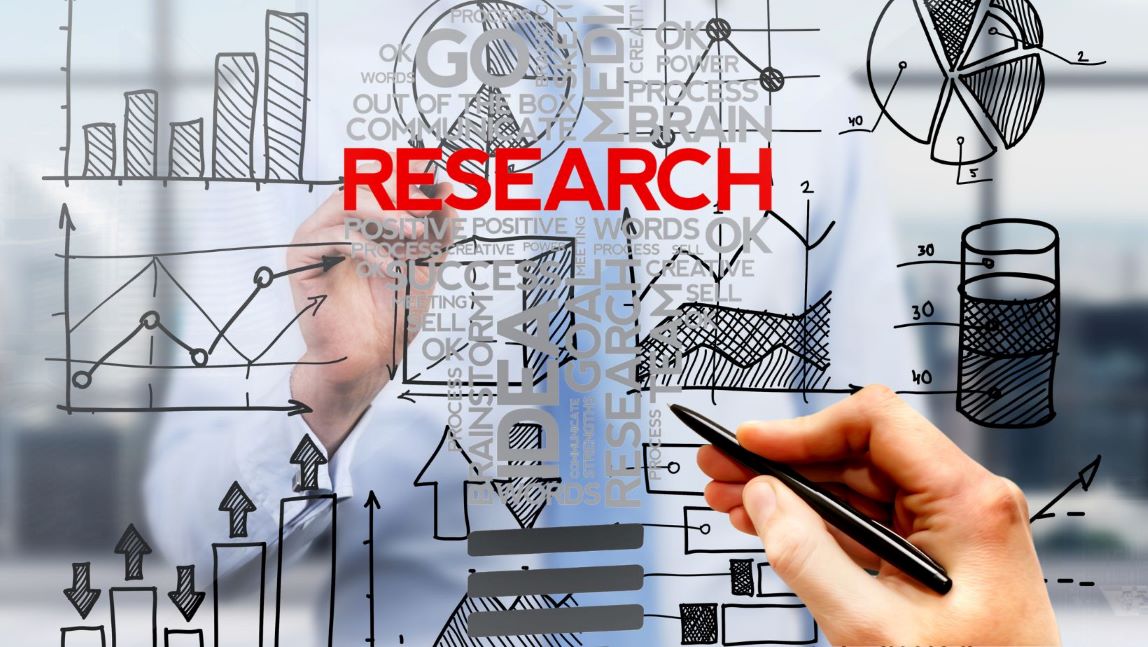Public policy is the way that the government comes up with and carries out laws, rules, and decisions that affect the whole society. Policy analysis is integral to making public policy because it helps determine the possible effects of policy decisions before they are implemented. In this detailed guide, we’ll talk about the process of policy analysis in public policy, why it’s essential, and the different steps involved.
In public policy, what is policy analysis?
Policy analysis in public policy is the process of figuring out what kind of effects a policy decision or change might have. It means looking at all the things, like economic, social, and political factors, that could affect how the decision turns out. Policy analysis aims to give decision-makers or people who make policy decisions the necessary information to make good choices.
Why is policy analysis critical in public policy?
Policy analysis is vital in public policy for more than one reason. First, it helps people who make decisions understand the possible results of their choices so that they can make better ones. Second, it helps figure out what policy decisions may have unintended consequences. Lastly, it gives way to judge how well policy decisions worked or didn’t work after implementation.
Policy analysis in public policy has different stages.
In public policy, policy analysis happens in stages. The first step is to determine the problem or problem area. This means figuring out what caused the situation in the first place and how big the problem is.
The second step is to collect information and facts about the problem. This could mean doing research, analyzing the data we already have, and talking to stakeholders.
In the third step, policy options are made and judged. This means coming up with possible solutions to the problem, figuring out how each one might affect the situation, and choosing the best one.
The fourth step is to put the policy into action. This means putting the chosen policy into action and monitoring how things are going.
Evaluating policy or evaluation of the policy decision is the last step. This means figuring out if the policy worked or had any unintended consequences or effects and making suggestions for future policy decisions.
Conclusion
Policy analysis is an essential part of how decisions are made in public policy. It helps decision-makers make intelligent choices, find unintended consequences, and figure out how well policy decisions worked or didn’t work. Policymakers can make better decisions for society as a whole if they know how policy analysis works and what its different stages are.





